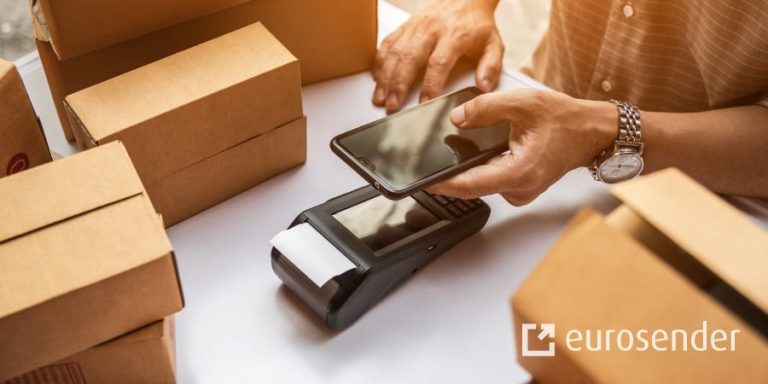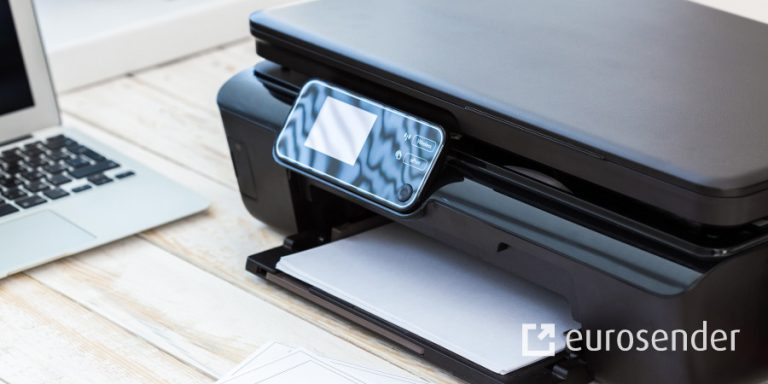How Shipping Liquids Works? All Rules Explained
Key takeaways
- Shipping liquids internationally is mostly restricted or prohibited, especially by air.
- Hazardous liquids (e.g., alcohol) need special packaging and paperwork, with higher costs.
- Use waterproof containers, seal well, and pack securely if you decide to ship liquids.
Shipping liquids, gels, and aerosols is strictly prohibited. This is due to new regulations aimed at preventing complications during transit. To ensure a smooth and trouble-free delivery, we kindly advise that you avoid including these items in your shipments. Read on to find out more rules of shipping liquids.
Click to ship up to 70% cheaper
Why are liquids, aerosols, and gels restricted for shipping?
The reason that liquids are not allowed to be shipped by most couriers is that some of these liquids contain alcohol or flammable substances. They can cause serious harm to the carrier and are therefore considered hazardous materials, regulated by International Carriage of Dangerous Goods by Road (ADR).
If you really need to ship hazardous or other liquid items overseas, contact our logistics experts to discuss your options.
What are the risks if you decide to ship liquids?
Shipping liquids is strictly regulated and generally not permitted by most couriers. If liquids are identified in your parcel, the carrier may refuse to pick it up, return it to the sender, or even impose additional fees—all at the sender’s expense. Additionally, parcels containing liquids are not covered by shipping insurance, and any loss or damage during transit will not be compensated.
Liquids are prohibited for shipping internationally on both air freight (Express services) and road freight, including Standard, Priority, and Flexi services. Parcels booked with Express are x-rayed and inspected before loading onto the aircraft. If any liquid or another prohibited item is discovered, the item may be removed or the package returned to the sender without a refund.
Check this article to understand what happens when you send prohibited items.
Examples of Dangerous and Prohibited Liquids

Despite this restriction, many people use Standard or Priority shipping services (road freight) to send liquid items such as perfumes, shampoo or other toiletries since they are nice gift ideas.
Some other examples of hazardous liquids are:
• Alcoholic beverages (like wine or wiskey)
• Paint
• Acetone
Understand courier policies on liquids, aerosols, and gels
Since mailing liquids internationally is heavily regulated, couriers may impose restrictions on shipping liquid items in parcels. That being said, shipping liquids requires strict compliance with regulations, packaging requirements, and destination country rules, regardless of the courier used. Always consult experts to explore your options safely.
If you plan to ship liquids internationally, you should ask yourself the following questions:
- What kind of liquid are you shipping?
- Do you need a license to import this liquid to the destination country?
- Do you need special packaging?
- Which courier would be the best and most cost-effective for you?
Here you can read more about:
- DHL shipping restrictions
- UPS shipping restrictions
- TNT shipping restrictions
- FedEx shipping restrictions
How do I pack liquids for international shipping?
As we said, shipping liquids internationally is generally not recommended due to the high risk of leakage, breakage, and potential restrictions or regulations in different countries. Mishandling during transit can lead to unpleasant outcomes, such as damaged parcels, spilled contents, or even penalties if prohibited substances are included. If shipping liquids is unavoidable, ensure compliance with all relevant regulations and use high-quality packaging materials to minimize risks.
You can follow our general guidelines below for shipping liquids overseas:
- If possible, use waterproof and leakproof containers.
- Make sure the containers are closed and sealed well.
- Add padding materials such as bubble wrap and packing peanuts for better protection.
- Use a sturdy cardboard box, as this is the standard form of packaging for shipping parcels.
- You can also add a sign “Fragile” or “Handle with care” on top of the box but make sure that the packaging itself is sufficient without signage on how to handle the parcel.
Check our general packing guidelines
Frequently Asked Questions (FAQs)
Why can’t I ship liquids?
Liquids are often restricted because they can be hazardous (e.g., flammable or alcohol-based), pose risks during transit, and may violate international shipping regulations.
What are the customs rules for liquids?
Customs rules for liquids vary by country and depend on the type of liquid. You may need to provide detailed documentation, meet import restrictions, and ensure the liquid complies with local regulations. Some liquids may require special licenses or be completely prohibited. Always check the destination country’s customs policies.
How to seal liquids for shipping?
Use leakproof and waterproof containers, ensure lids are tightly closed, and seal them with tape for extra security. Place containers in plastic bags to prevent leakage, then cushion with bubble wrap or packing peanuts inside a sturdy box.
Click to ship up to 70% cheaper
About the author
Marcel Nahtigal is the Head of Marketing at Eurosender, blending creativity with data-driven strategies to revolutionize logistics.






